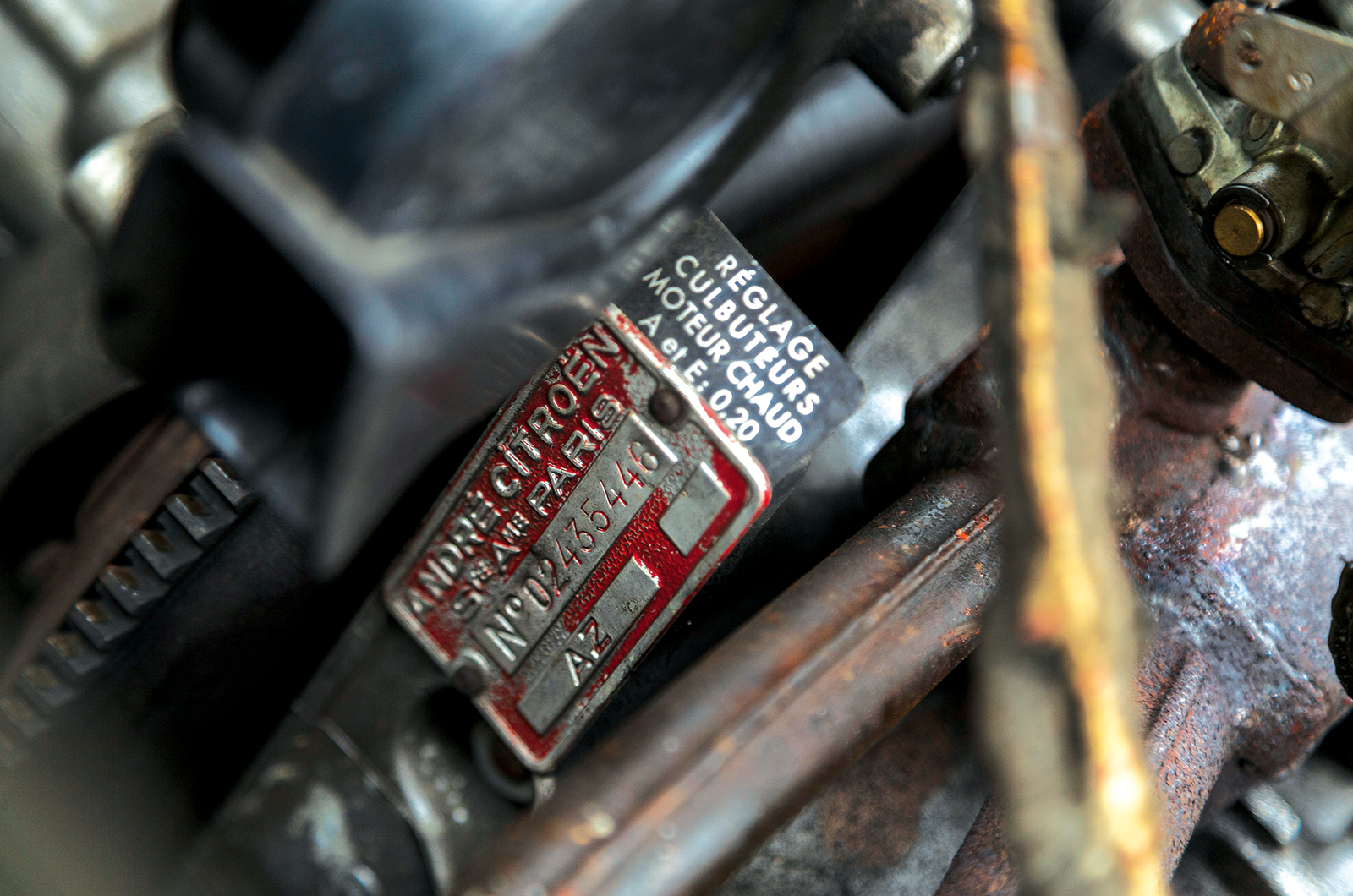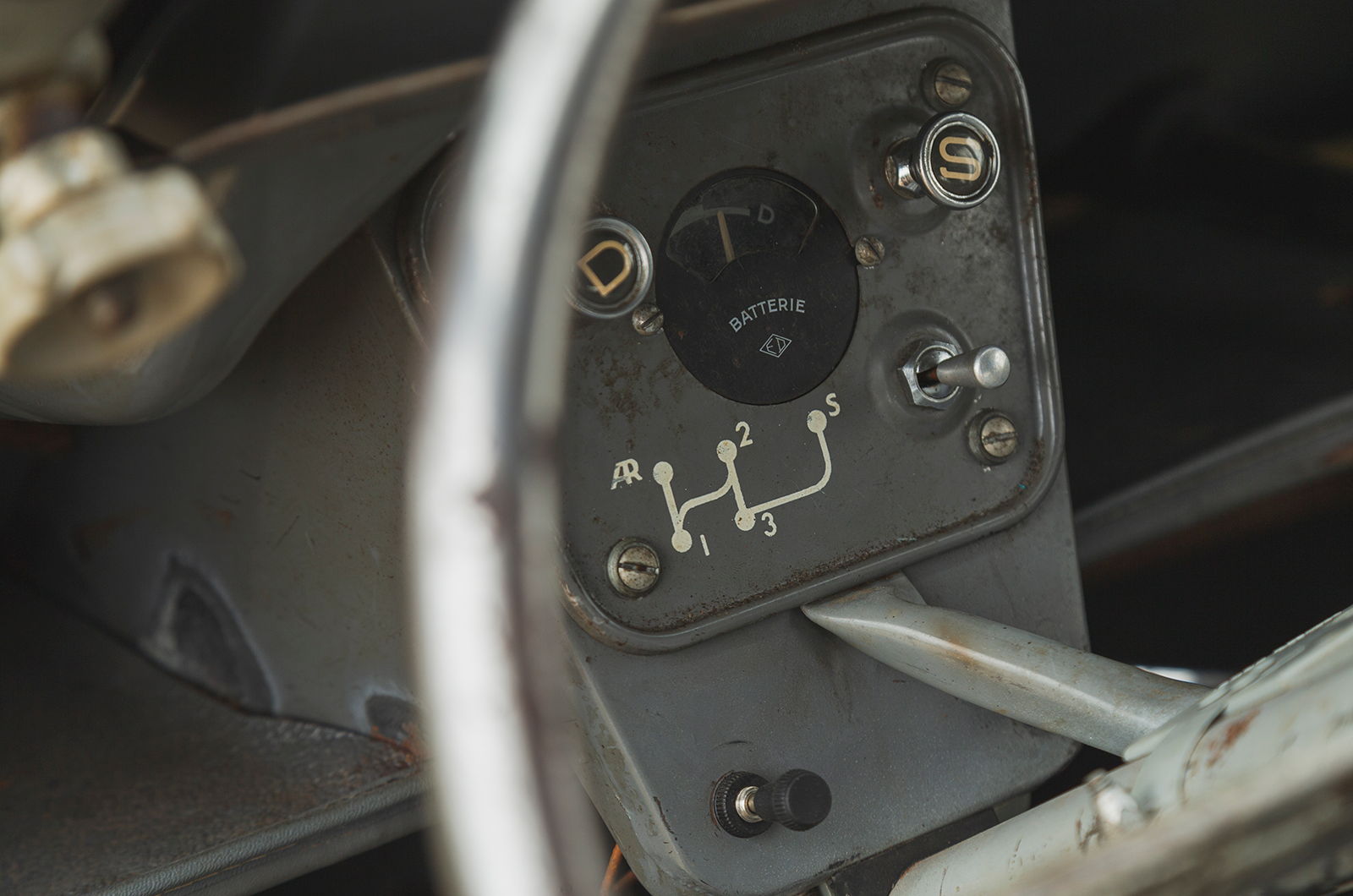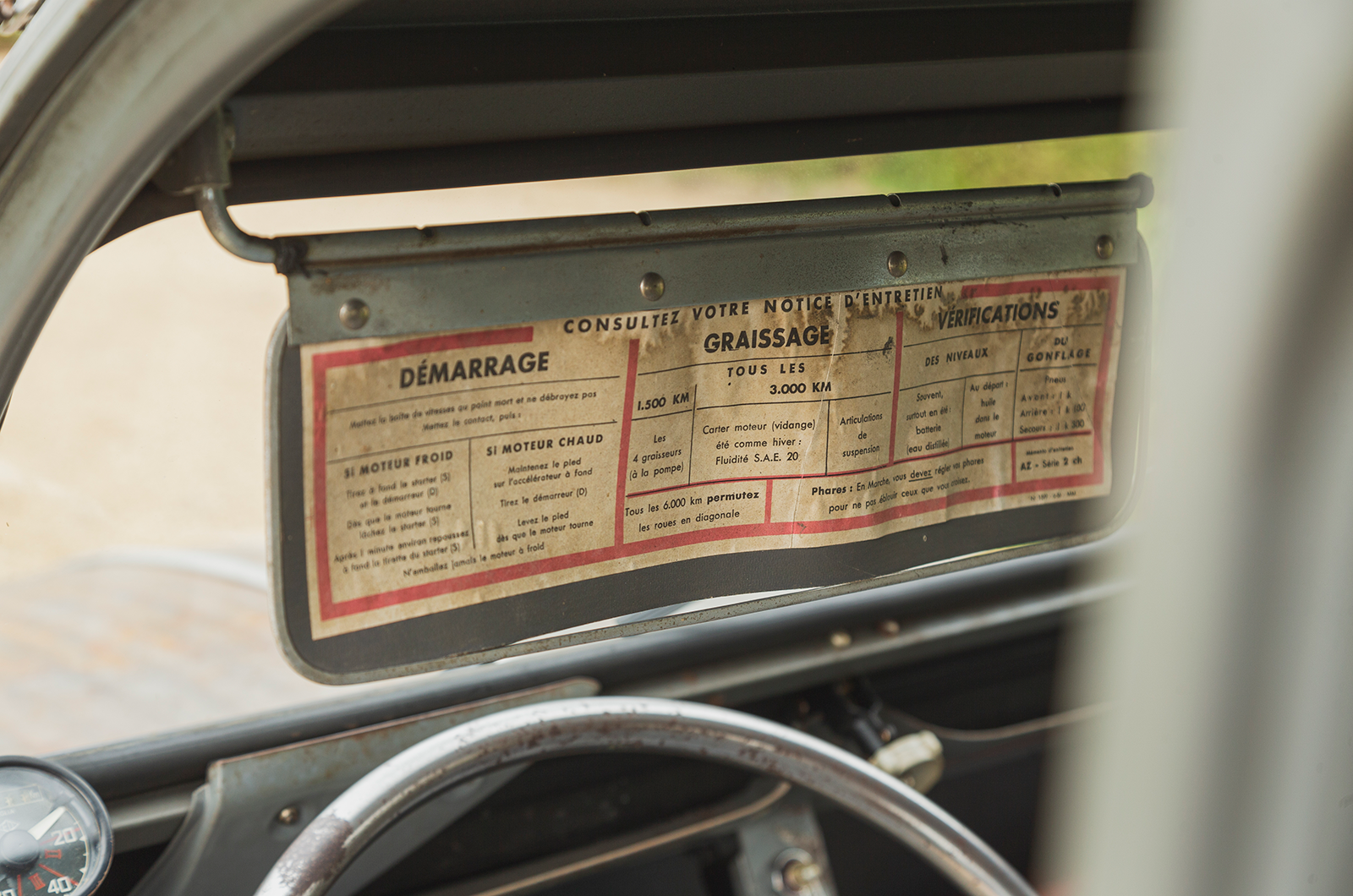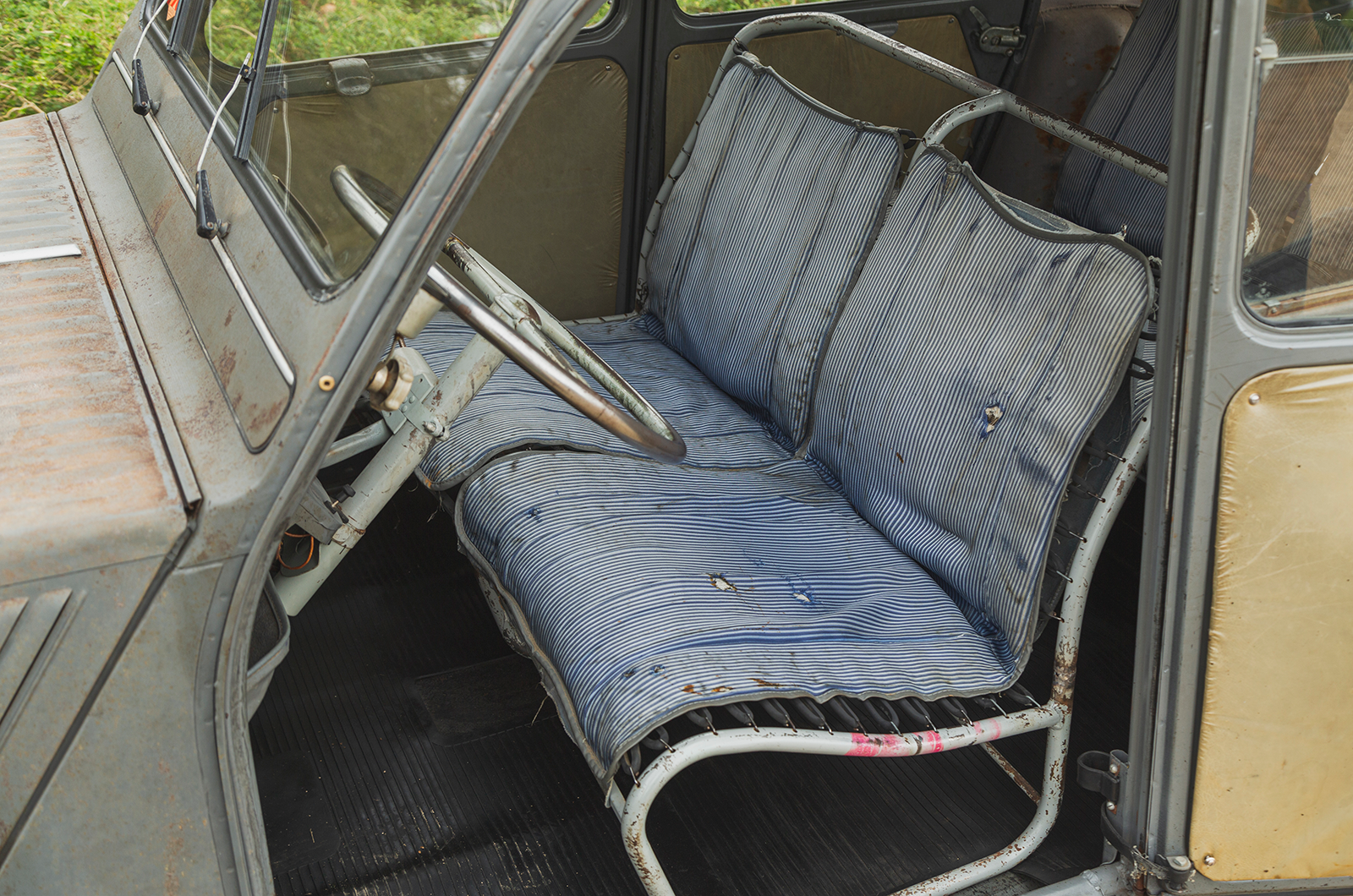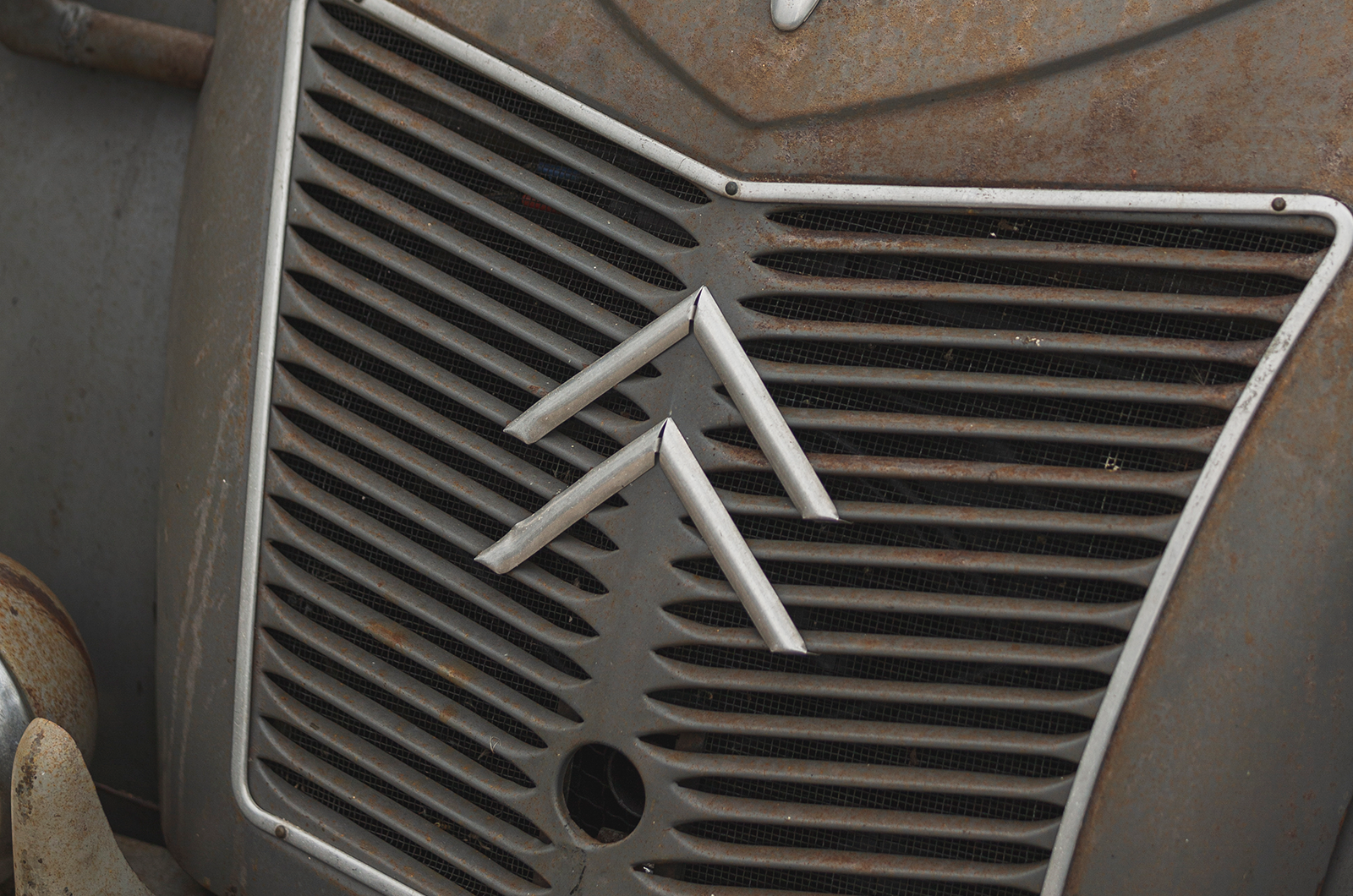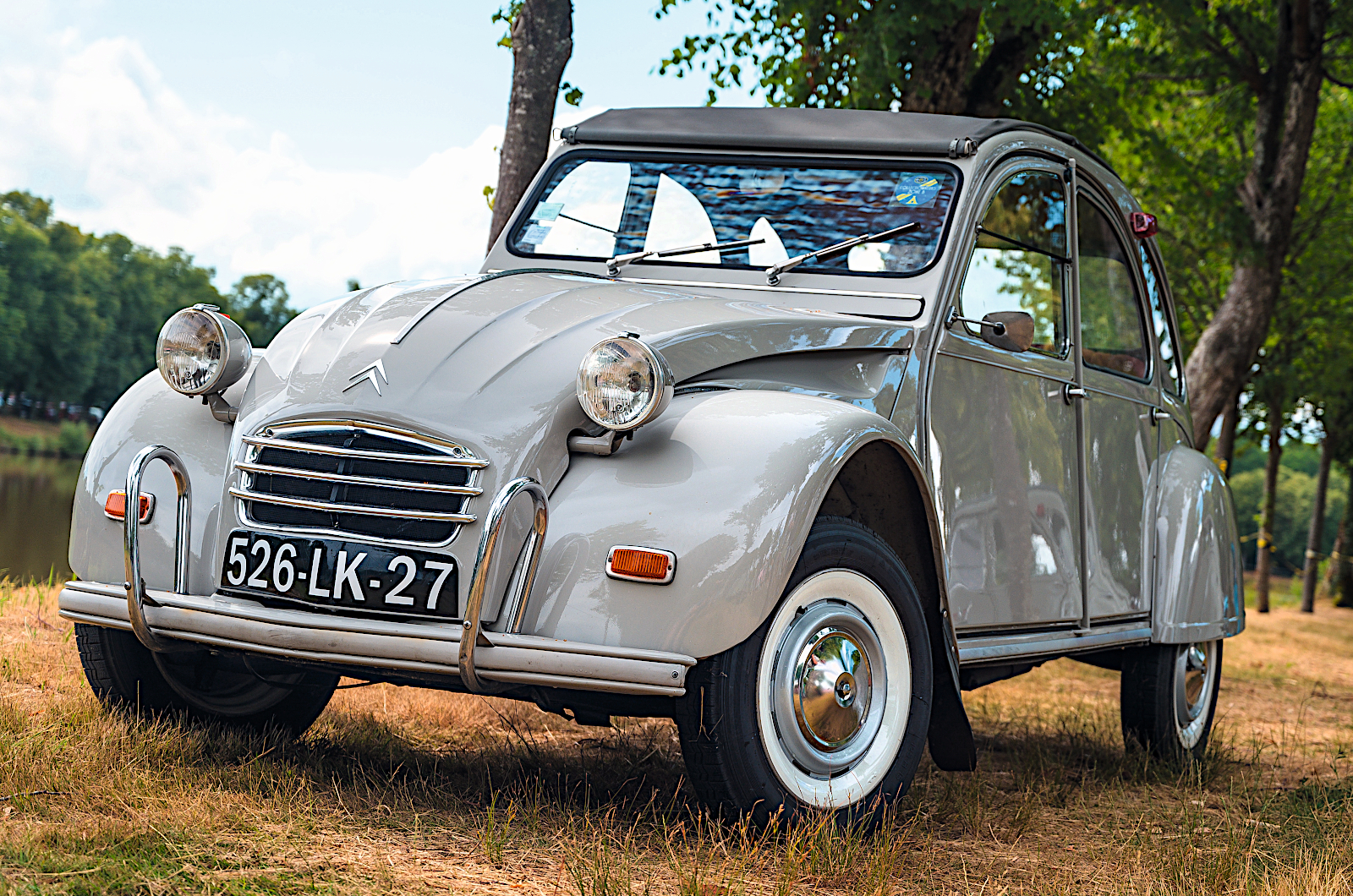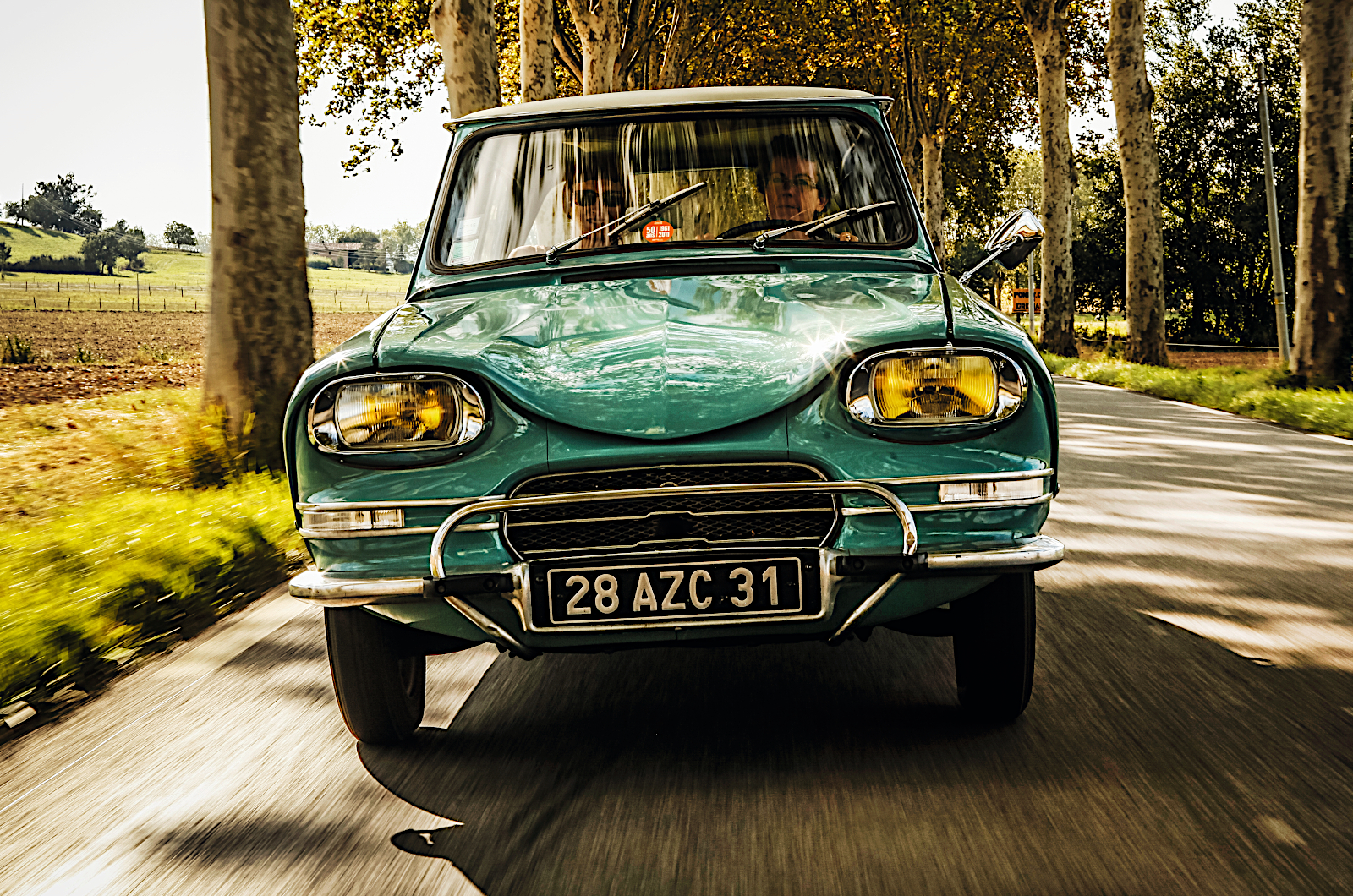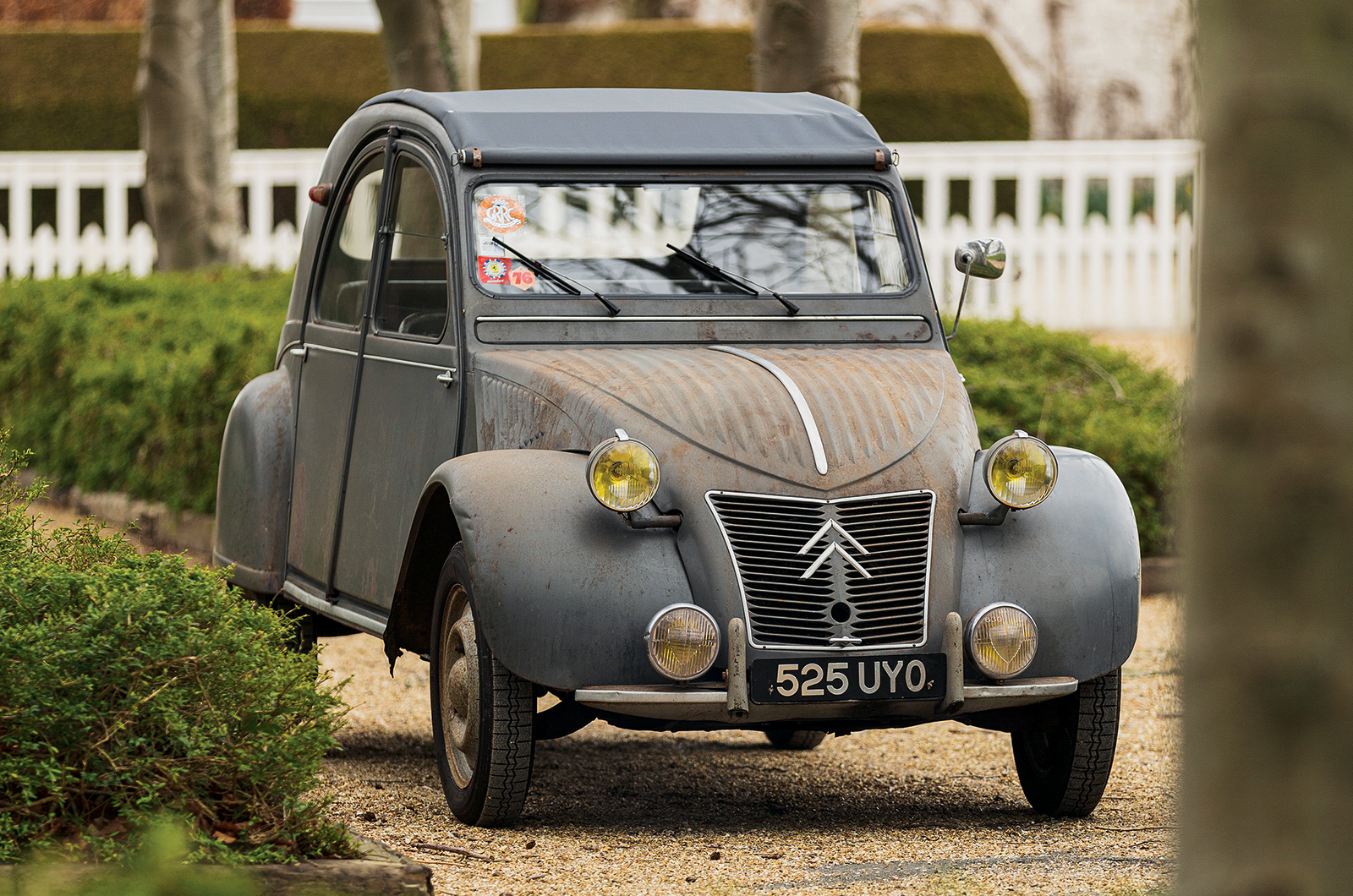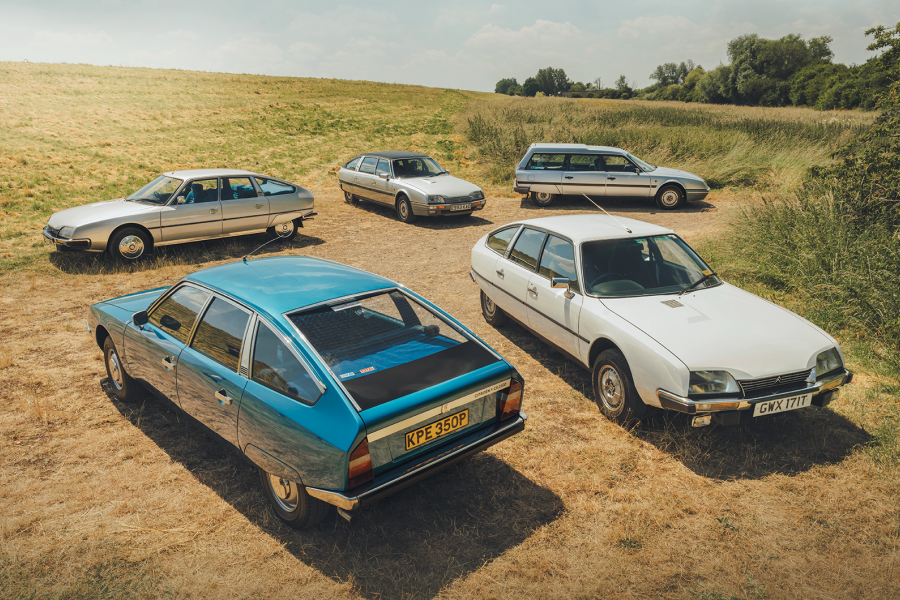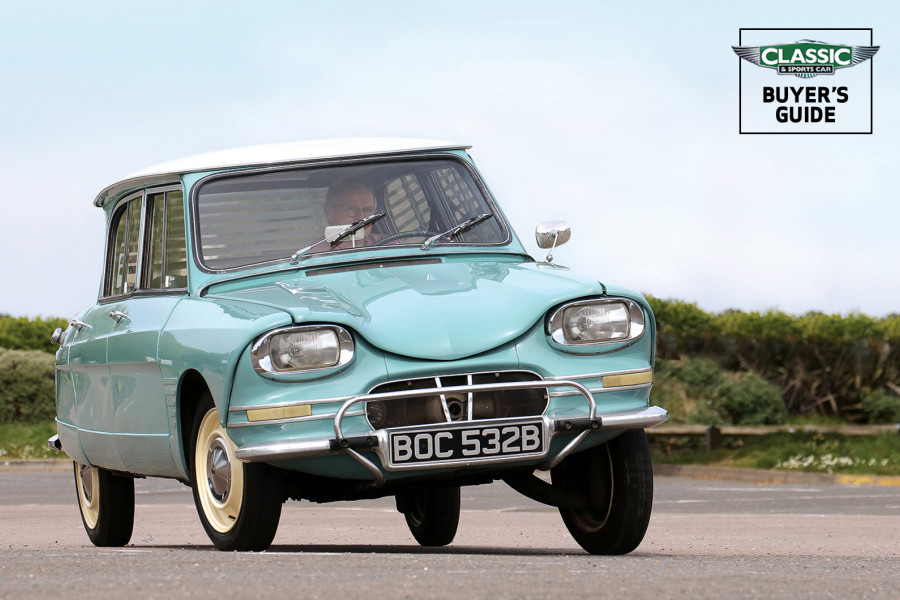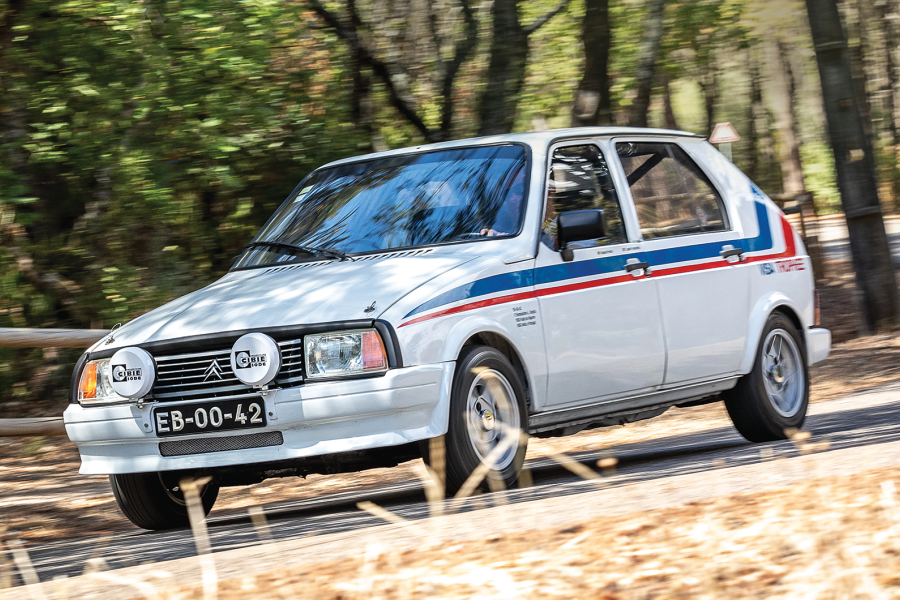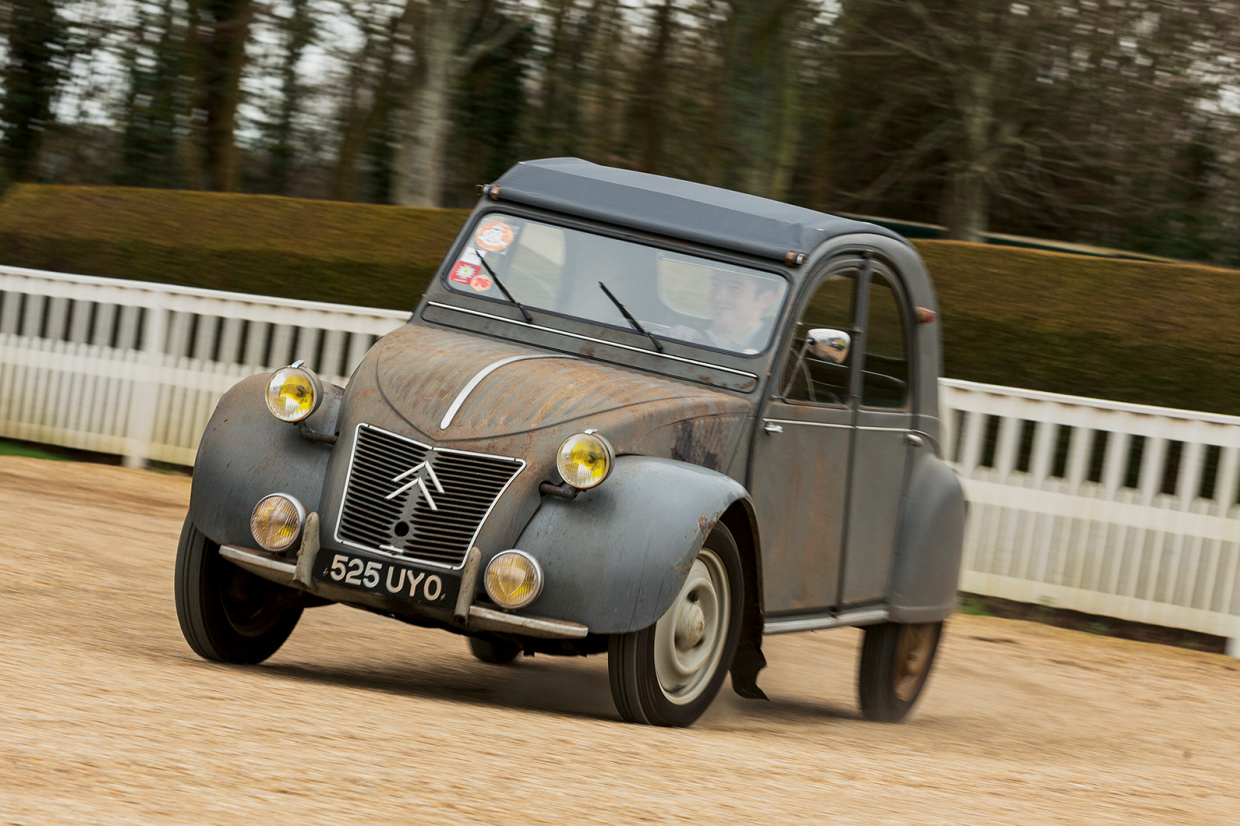
75 years ago, the motoring world changed for ever as a clutch of iconic vehicles made their debuts on a wave of post-war optimism. Here we look at the Citroën 2CV…
Austerity is a word rarely associated with great fun, but in focusing only on what is strictly necessary, this astoundingly spartan early ‘ripple bonnet’ Citroën 2CV is one of the most enjoyable cars in our 1948 group (scroll to the bottom for the full set) – despite sporting just two cylinders and 12bhp.
It’s also the oldest design here, too.
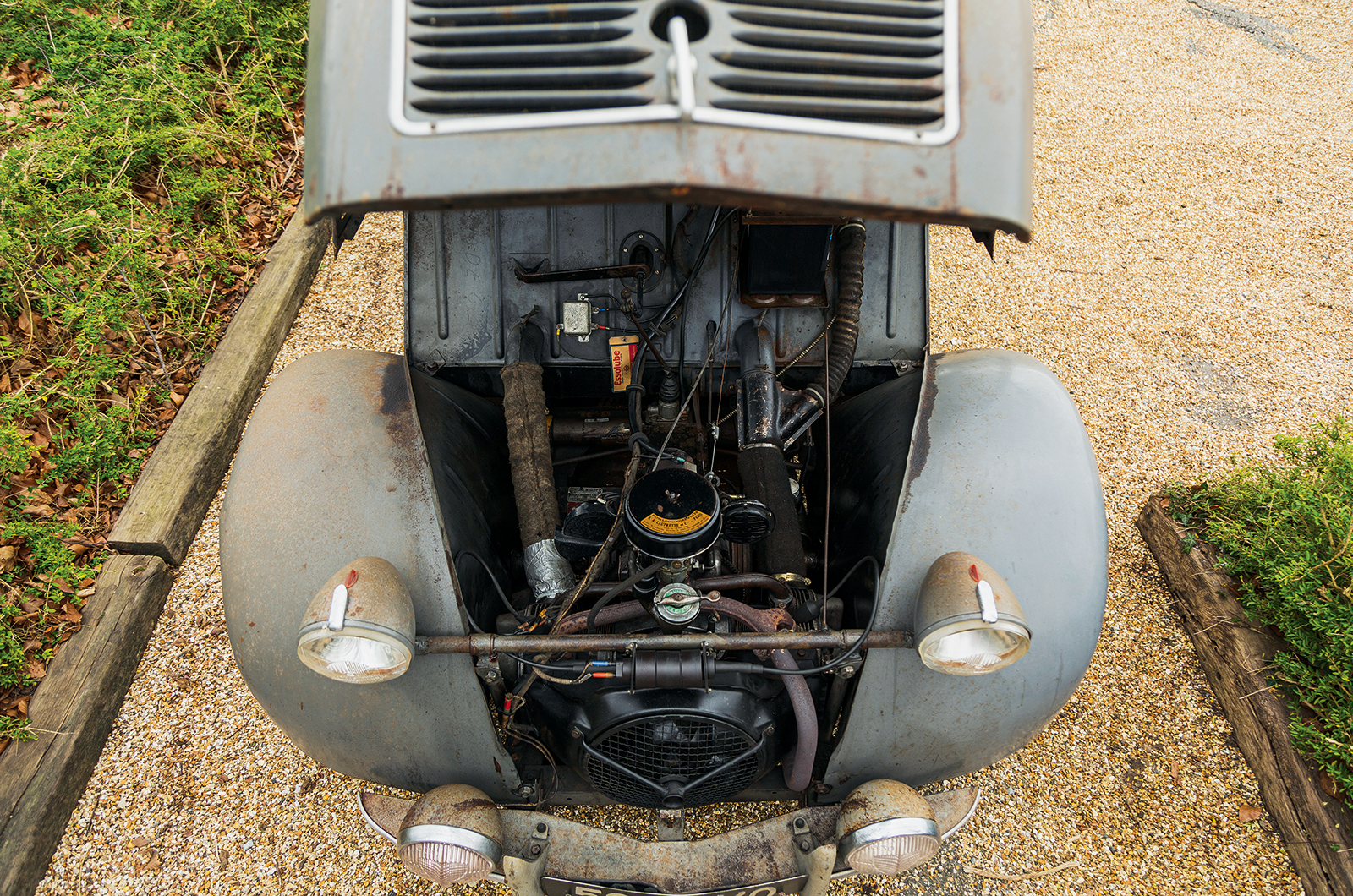
The engine is up to 425cc and 12bhp in this 1957 Citroën 2CV
While the 2CV made its official debut in 1948 as a new post-war design, its development had begun before the war with the Très Petite Voiture (TPV, or ‘very little car’) prototypes, the first of which was built in 1937.
After a hiatus during hostilities, the 2CV switched from water- to air-cooling, and from an aluminium body to steel, but that pre-war head start was how Citroën managed to put an entirely new car on display at the Paris Salon in 1948 – and not one major component was shared with an existing model.
Reception to the new car was mostly derogatory from the press, but Citroën’s order books swelled straight away.

It’s not hard to see why the Citroën 2CV is known as the ‘tin snail’



